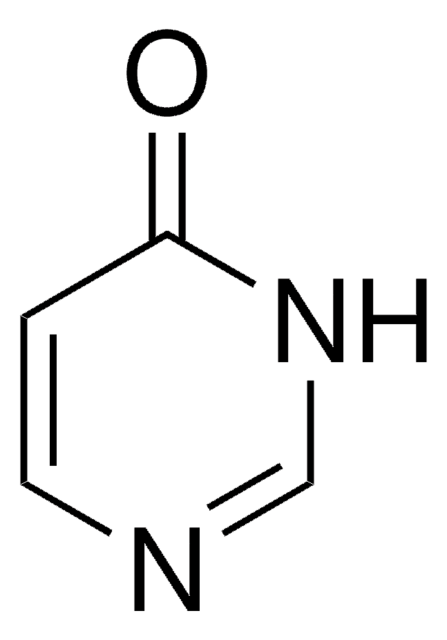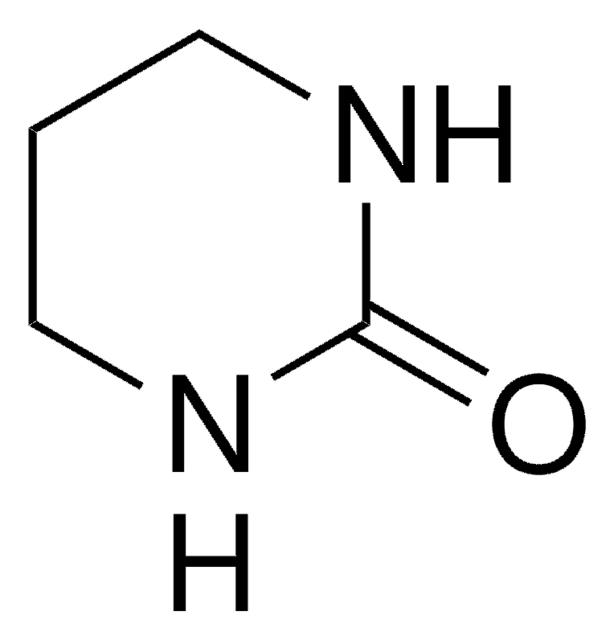40727
1,3-Dimethyl-2-imidazolidinone
≥99.0% (GC)
Synonym(s):
N,N′-Dimethylethyleneurea, DMEU, DMI
About This Item
Recommended Products
Assay
≥99.0% (GC)
form
liquid
refractive index
n20/D 1.472 (lit.)
bp
224-226 °C (lit.)
solubility
toluene: soluble(lit.)
water: miscible
density
1.056 g/mL at 25 °C (lit.)
SMILES string
CN1CCN(C)C1=O
InChI
1S/C5H10N2O/c1-6-3-4-7(2)5(6)8/h3-4H2,1-2H3
InChI key
CYSGHNMQYZDMIA-UHFFFAOYSA-N
Looking for similar products? Visit Product Comparison Guide
General description
Application
- As substitute solvent for hexamethylphosphoric triamide (HMPA) in the synthesis of 1,2-bis(trimethylsilyl)benzene.
- As solvent during the α-regioselective prenylation of imine.
- As component of mobile phase for the size-exclusion chromatographic analysis of cellulose.
Other Notes
Signal Word
Danger
Hazard Statements
Precautionary Statements
Hazard Classifications
Acute Tox. 4 Oral - Eye Dam. 1 - Repr. 2
Storage Class Code
10 - Combustible liquids
WGK
WGK 2
Flash Point(F)
219.2 °F - closed cup
Flash Point(C)
104 °C - closed cup
Personal Protective Equipment
Certificates of Analysis (COA)
Search for Certificates of Analysis (COA) by entering the products Lot/Batch Number. Lot and Batch Numbers can be found on a product’s label following the words ‘Lot’ or ‘Batch’.
Already Own This Product?
Find documentation for the products that you have recently purchased in the Document Library.
Customers Also Viewed
Our team of scientists has experience in all areas of research including Life Science, Material Science, Chemical Synthesis, Chromatography, Analytical and many others.
Contact Technical Service

















